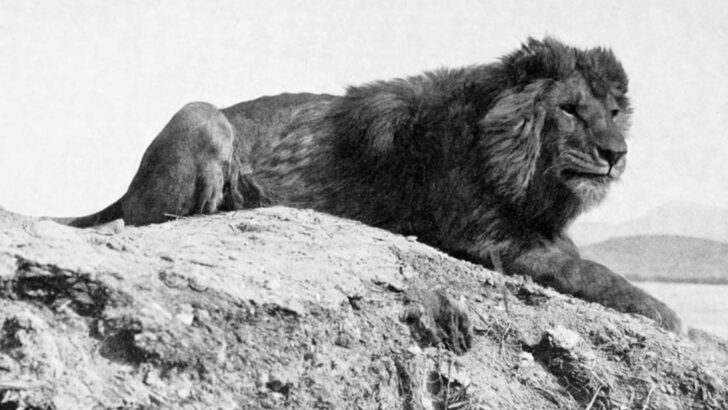Not all lions are created equal.
Some were massive.
Some were fast.
And some were pure muscle with fangs like daggers.
Before the king of the jungle wore a modern mane, there were beasts that made today’s lions look tame. Prehistoric giants. Ice Age hunters. Region-specific powerhouses built for war, not show.
We’re talking about lion types that could wrestle a bear, out-roar thunder, and disappear into myth after ruling entire regions.
From ancient caves to modern plains, these are the 13 most powerful lions ever to walk, stalk, and dominate.
Ready to meet the kings before the crown? Let’s go.
Barbary Lion
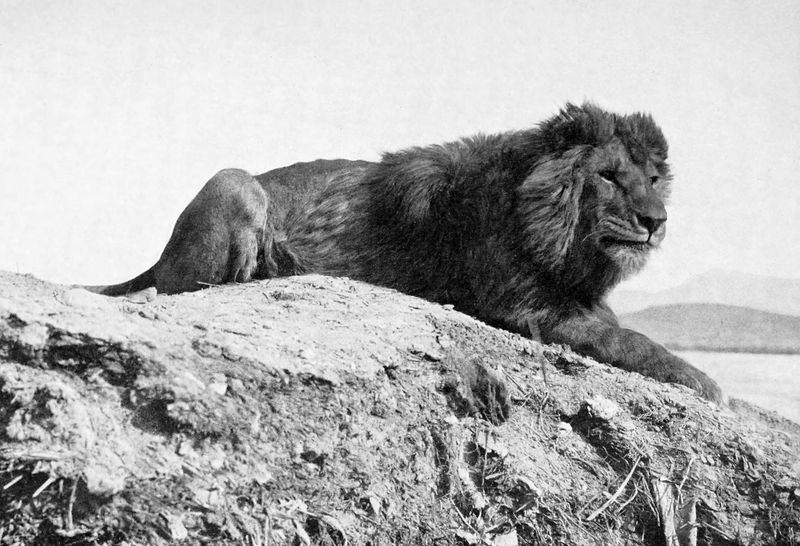
The Barbary Lion, once roaming the majestic landscapes of North Africa, was known for its impressive size and strength. With a mane that extended to its belly, this lion was a symbol of power and royalty. Its majestic appearance often inspired awe among those who encountered it. Unfortunately, due to overhunting, the Barbary Lion was driven to extinction in the wild by the mid-20th century. Conservation efforts are now underway to revive its legacy through breeding programs.
Cape Lion
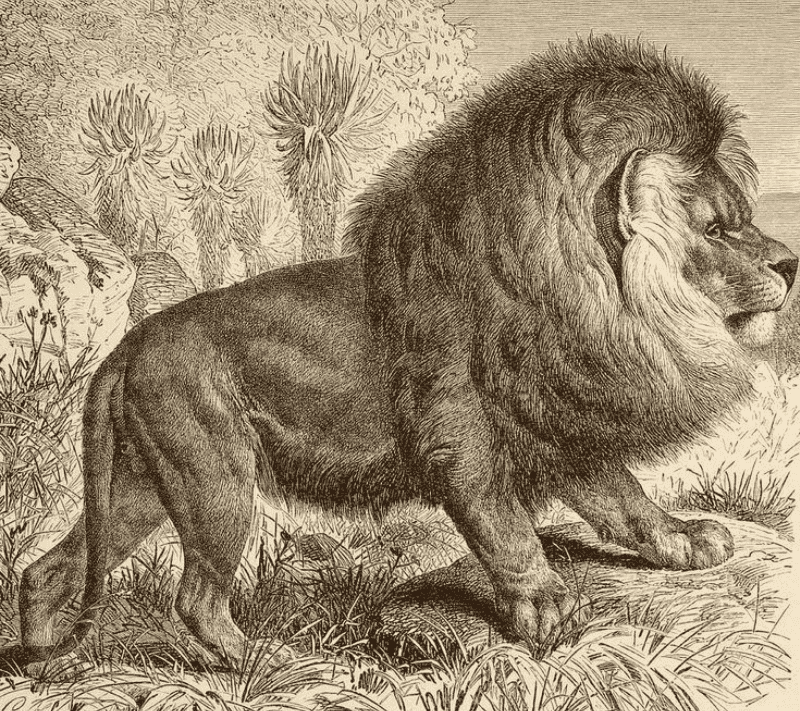
The Cape Lion, distinguished by its black mane, was a dominant predator in the Cape Province of South Africa. It was known for its robust physique and fearless nature. This lion’s striking appearance made it a subject of fascination and fear among local populations. Despite its strength, the Cape Lion faced extinction in the wild due to habitat loss and excessive hunting by European settlers in the 19th century. Efforts to preserve its genes continue in captivity.
Asiatic Lion
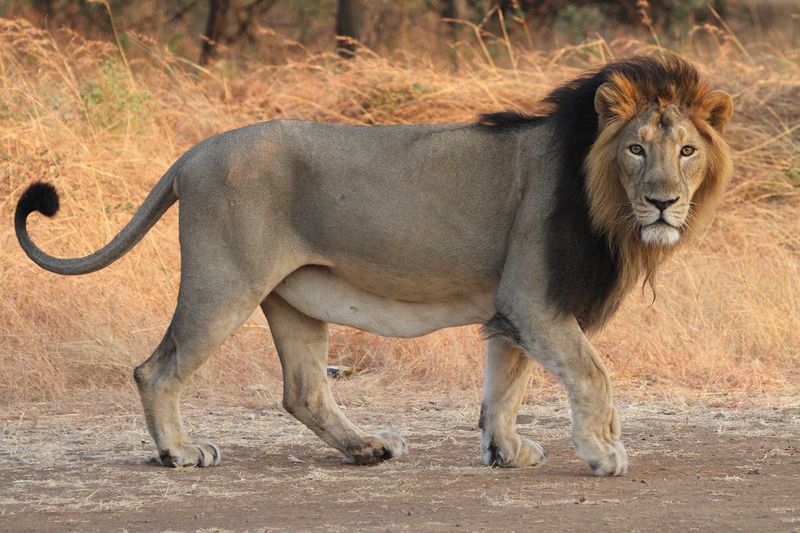
Asiatic Lions, residing in the Gir Forest of India, are a symbol of strength and resilience. Unlike their African counterparts, they have a shorter mane and a distinctive fold of skin along their bellies. These lions have adapted to the dense forests, maintaining a smaller pride structure. Once widespread across Asia, their numbers dwindled due to hunting and habitat destruction. Conservation initiatives have been successful in increasing their population, ensuring their continued presence in the wild.
European Cave Lion
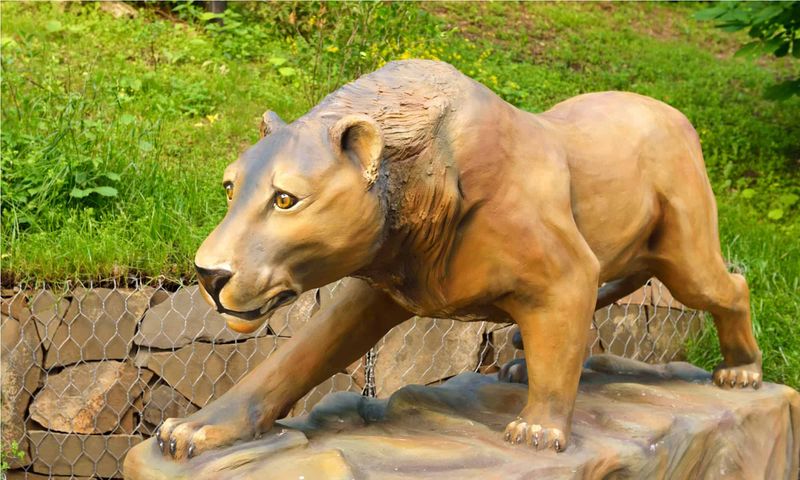
The European Cave Lion was a formidable predator of the Pleistocene era, depicted in ancient cave paintings. Known for its immense size, it was larger than the modern African lions, roaming the vast landscapes of Europe and parts of Asia. These lions were solitary hunters, relying on stealth and power to capture large prey. Their presence is immortalized in art, reflecting their significant role in prehistoric ecosystems. Fossil evidence provides insights into their behaviors and eventual extinction as climates changed.
American Lion
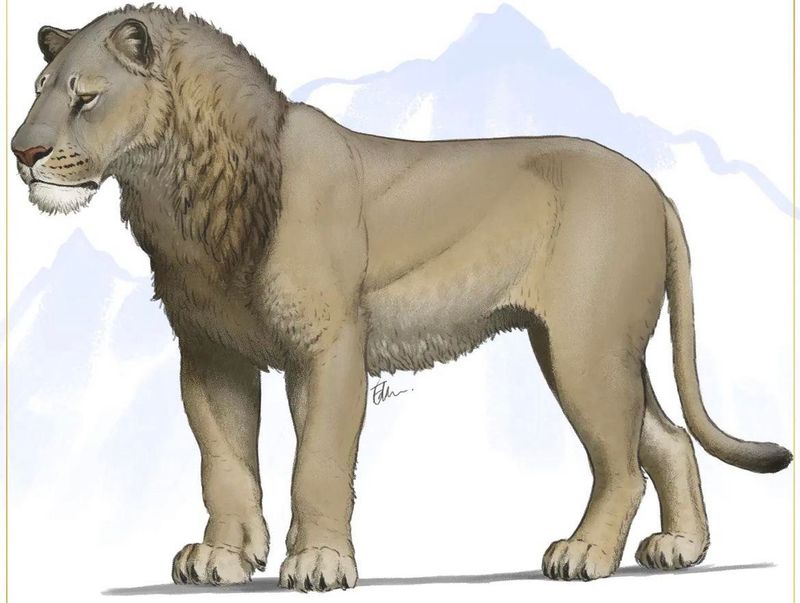
The American Lion, considered one of the largest lion species, once roamed across North America during the Ice Age. Its massive size allowed it to hunt large herbivores, thriving in the diverse environments of woodlands and plains. Fossils suggest it was significantly larger than modern lions, showcasing impressive hunting capabilities. Despite its dominance, the American Lion became extinct around 11,000 years ago, possibly due to climate changes and human activities. Its legacy endures through fossil records and research.
Senegalese Lion
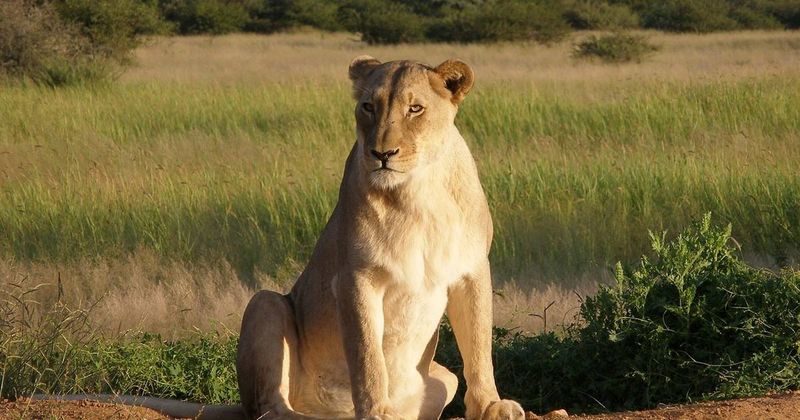
The Senegalese Lion, native to the savannas of West Africa, is known for its agility and adaptability. Unlike other African lions, it has a slightly smaller build and lighter mane, allowing it to thrive in diverse habitats. This lion’s adaptability has been key to its survival, as it navigates the challenges of habitat encroachment. Conservation efforts focus on preserving its natural habitat and mitigating human-wildlife conflicts, ensuring that this resilient species continues to roam the African landscapes.
Masai Lion
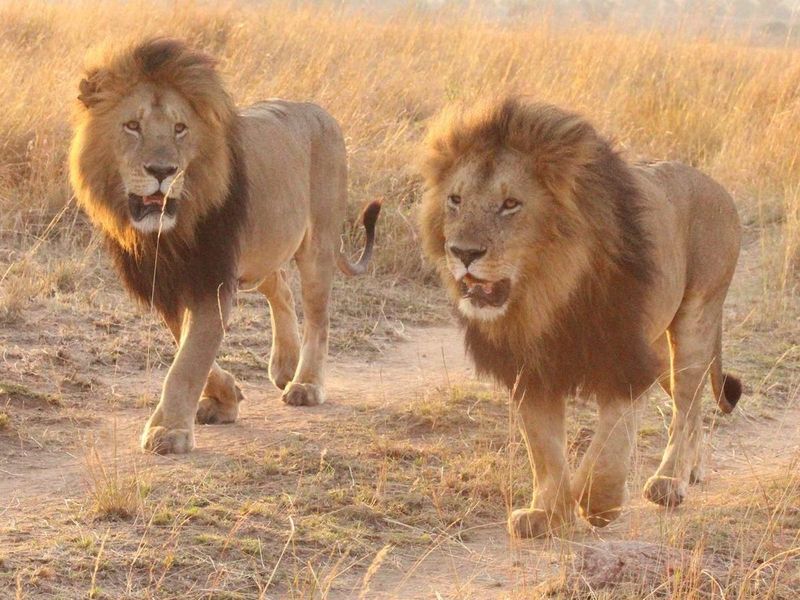
The Masai Lion, often seen as the quintessential African lion, dominates the expansive plains of East Africa. Its golden mane and powerful build make it a striking figure against the backdrop of the Serengeti. Known for forming large prides, Masai Lions exhibit complex social behaviors, often collaborating during hunts. Despite facing threats from habitat loss and poaching, conservation areas like national parks have helped stabilize their populations, allowing these magnificent creatures to continue their reign.
Transvaal Lion
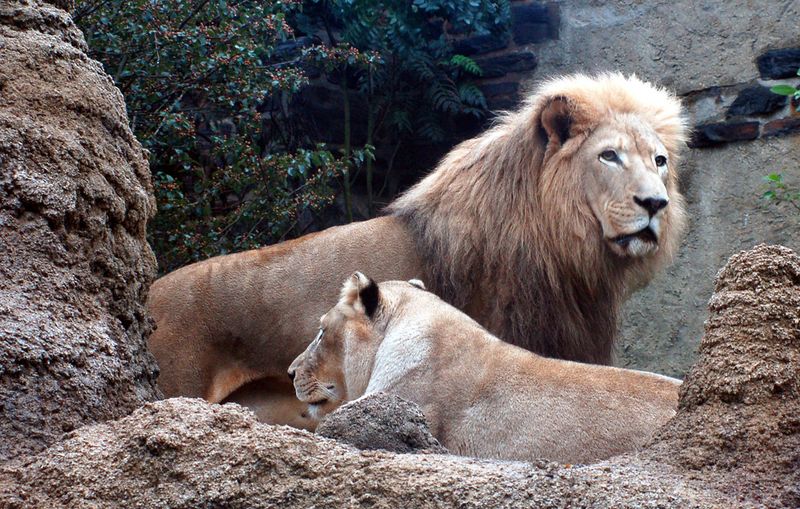
Transvaal Lions, also known as Southeast African Lions, are characterized by their white-tinted manes. Found in the savannas of Southern Africa, they are known for their strong social structures and cooperative hunting strategies. These lions play a crucial role in their ecosystems, controlling prey populations and maintaining balance. Conservation programs in national parks have been instrumental in preserving their habitats and protecting them from poaching, ensuring their survival for future generations to admire.
Ethiopian Lion
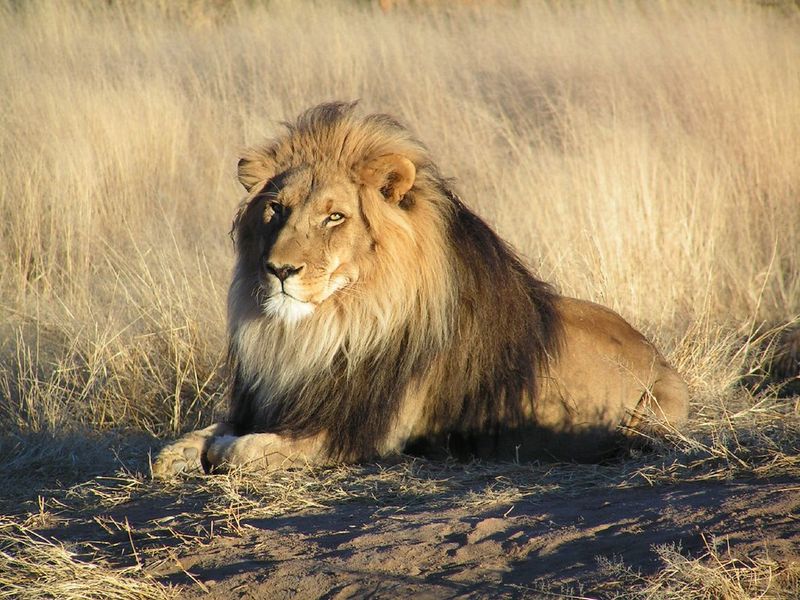
Ethiopian Lions, known for their thick black manes, inhabit the highlands of Ethiopia. These lions have adapted to the cooler climates, showcasing a unique blend of strength and resilience. Their striking appearance and bold nature make them a symbol of pride for the region. Facing threats from habitat loss, efforts are being made to protect their natural environments and support local communities in conservation initiatives. These initiatives aim to secure a future where Ethiopian Lions continue to thrive in their native lands.
West African Lion
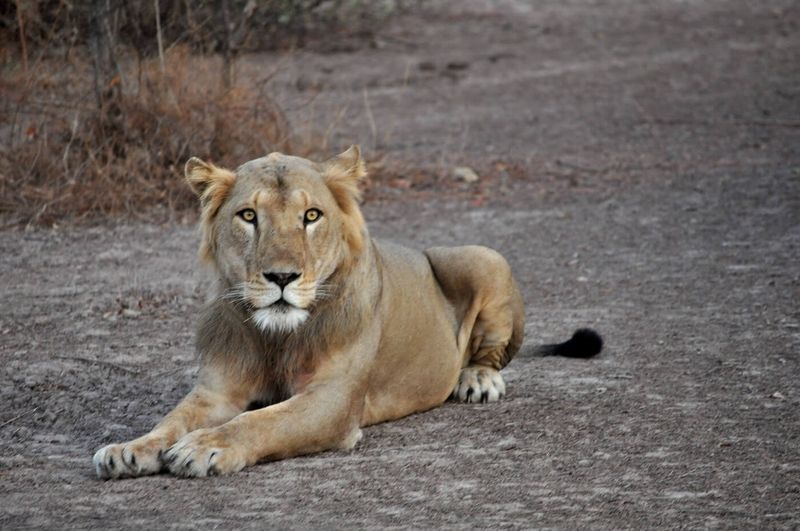
The West African Lion, with its sleek golden coat, is a master of stealth and agility. Found in the grasslands, these lions are smaller than their East African counterparts but no less formidable. They have developed unique strategies to hunt in open terrains, often working in small prides. Conservation efforts focus on mitigating human-lion conflicts and protecting their natural habitats from encroachment. By supporting these efforts, the continued presence of West African Lions can be ensured, preserving their ecological role.
Tsavo Lion
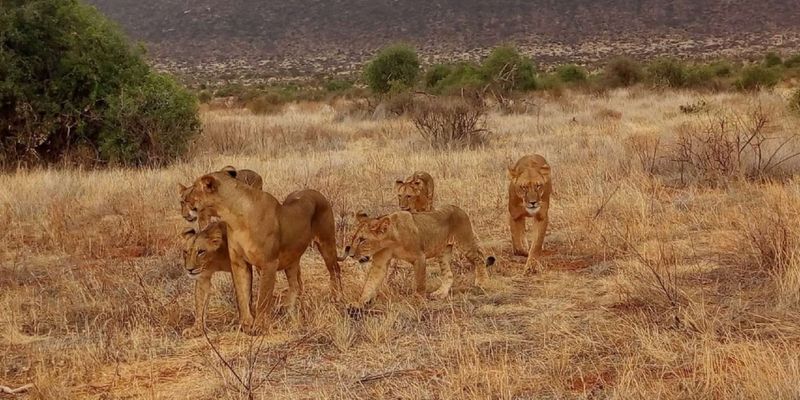
Tsavo Lions are unique for their maneless appearance, inhabiting the arid regions of Tsavo National Park in Kenya. Their lack of a mane is an adaptation to the hot climate, allowing them to regulate body temperature more effectively. Known for their complex hunting behaviors, they often work in pairs or small groups to take down large prey. Conservation efforts are vital to protect these lions from poaching and habitat degradation, ensuring their survival in the harsh environments of Tsavo.
Kruger Lion
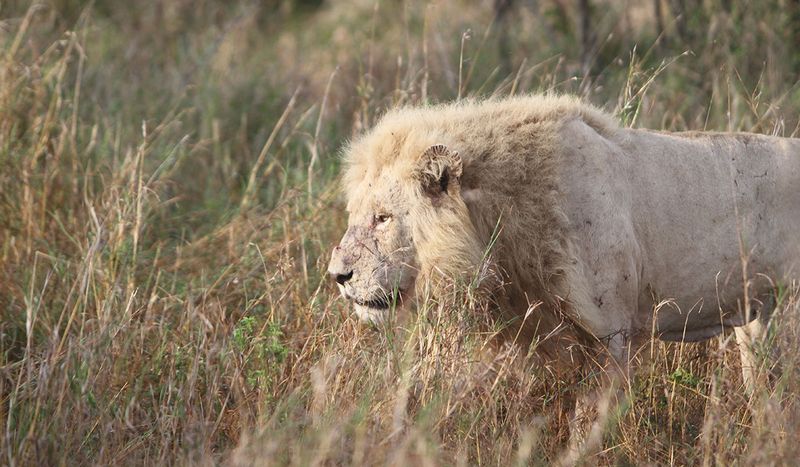
Kruger Lions, residing in the renowned Kruger National Park, South Africa, are known for their distinctive hunting skills and social dynamics. These lions often form large prides, utilizing strategic hunting techniques to capture prey. Their rugged appearance and strong territorial nature make them dominant figures in the park’s ecosystem. Conservation efforts within the park focus on habitat preservation and anti-poaching measures, ensuring that Kruger Lions continue to play a pivotal role in maintaining ecological balance.
Kalahari Lion
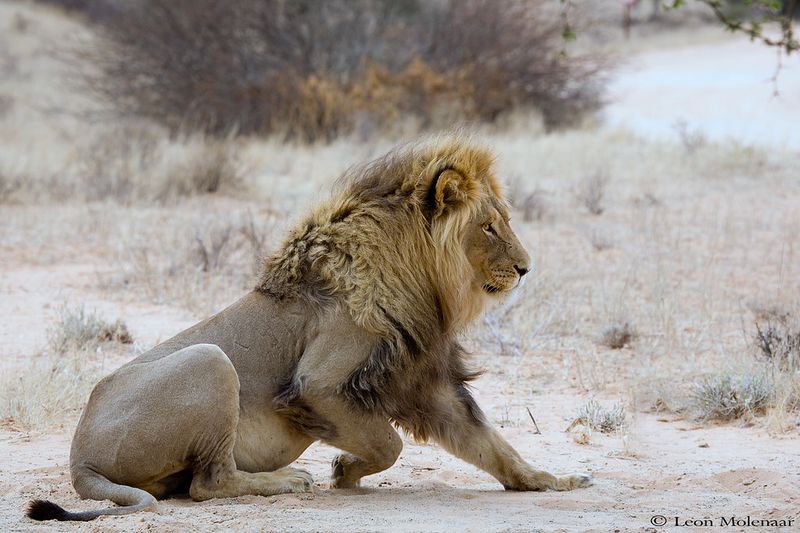
Kalahari Lions, adapted to the harsh desert environments of the Kalahari, exhibit incredible endurance and adaptability. Their lean physique allows them to traverse long distances in search of prey, often enduring extreme temperatures. These lions have developed unique hunting strategies, relying on stealth and patience. Despite facing threats from human encroachment and climate change, conservation efforts aim to protect their habitats and foster coexistence with local communities, ensuring the continued survival of these resilient predators.

